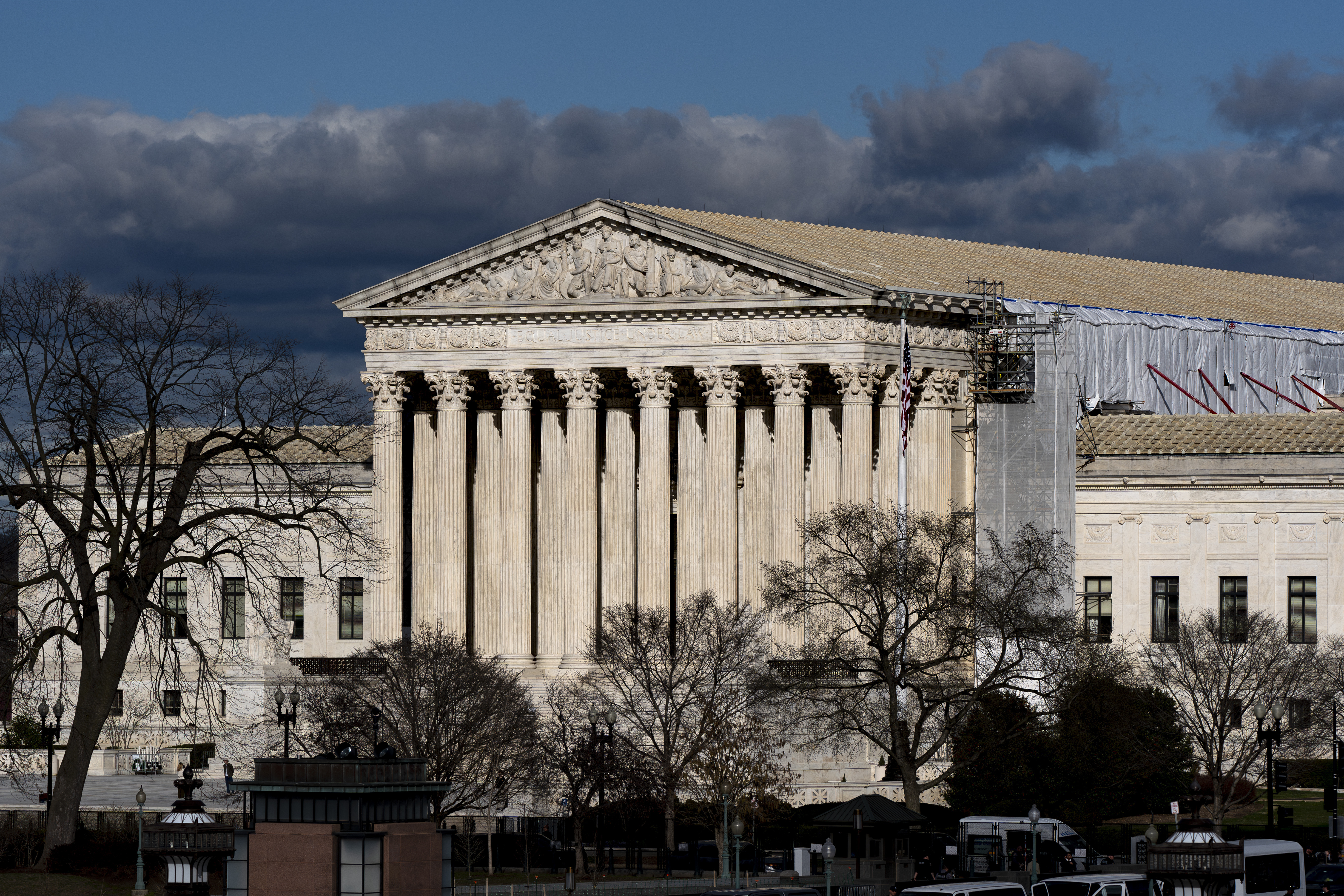You may have noticed some rather substantial changes to Google's suite of Web services. Some, such as changes made to Google Documents, came a while ago, and were far more subtle. Two fresh implementations are more jarring: Gmail's, and Reader's.
For Reader, the changes have been made and they look here to stay. For Gmail, you can avoid them for a little while, but Google warns that you can only "revert to the old look temporarily." Read: you won't be able to cling to the open doors of that airlock forever.
So, let's dig right in.
We knew these redesigns were coming for a while. Considering that I am both a regular user of the Google services mentioned above and a blogger, I figured I'd prepare myself to receive the inevitable with an open mind and skip the initial round of griping that always occurs when anything changes on the Internet ever.
Changing your habits is always tough. I use Gmail constantly, and Reader is an integral part of my workflow. The former feels more robust and streamlined than ever; the latter, surprisingly, feels hobbled and sluggish. Before we get to that, though, let's talk about what you'll notice first.

U.S. & World
That New Google Look
No bones about it, the new look of Gmail and Reader is a substantial departure from the old scheme. Gone are the soft default blues and tightly-packed strips of email subjects and article headlines. In the place of all that you'll find white and gray and black. For the usually colorful Google, it's a pretty stark palette for the company to use. (This may not bother you if you're a fan of the built-in themes Gmail offers to spruce things up, though Reader users are more or less stuck.)
The "Compose" and "Subscribe" buttons on Gmail and Reader, respectively — your two big action buttons on either website — are both red and bold and really pop, but they're also striking in that they're by and large the only non-grayscale color on either page. Other than red, you've got yellow for starred or important items, blue for the textless search buttons and green — rounding out the colors of Google's rainbow logo — for active buddies to chat with.
In Gmail you have your various multicolored labels, too, which makes me almost want to start using them more just to decorate the page a bit. Labels certainly have more room to breathe now — and "having more room to breathe," in fact, is apparently the engine powering Google's rethinking.

The New Gmail: It'll Grow on You
The first step to take to get comfortable with the new Gmail is to pick what spacing works for you. You'll probably notice up front that your email strips got a lot fatter. This default setting is Google's "comfortable" mode. The old style? That's "Compact." Between these two — and my favorite — is "Cozy," though I still find myself going back to Compact when I have a lot of emails to manage at once.
From a design standpoint, the new Gmail has plenty of visual flourishes the you'll only notice and appreciate as you use it more, from shading in the Gchat text box to the colors that notify you when you've got a new message (blue now, instead of orange). The aforementioned spacing plays into this, too: resize the dimensions of your browser window and Gmail will switch between space levels on the fly. It's a small touch, but one that's pretty smart considering all the various screen sizes out there between monitors, laptops, phones, tablets and so on.
More than anything, what'll make or break your new Gmail experience is the changes to how it handles email threads. They're still bundled in conversations, but Google has removed a lot of the buttons and visual elements that gave the eye breaks between the deluge of information, relying on spacing to do most of the heavy lifting instead. It takes a lot of getting used to, but it's grown on me, and I'd go so far as to call it an elegant way to structure an email thread.
(That said, there are certainly times when the threads feel a little clunky. When you're emailing folks who don't use Gmail or don't have Google profile pictures, for instance, you're missing a crucial identification cue for a very minimalist layout.)
You can read more about these changes over on the Official Gmail Blog.

The New Reader: in Danger of Becoming Irrelevant
It's not quite clear what Google's commitment to Reader is anymore. The company has removed it from its top billing along its suite of Web properties, instead relegating Reader to the "More" drop-down menu you see at the top of Google sites when you're logged in. The search giant also has a next generation, Flipboard-like reader in the works, Propeller, which makes one wonder 1) if Reader will be a priority going forward, and 2) why Google bothered to mess with it at all. For visual continuity? The changes are deeper than that.
All of the alterations to Gmail's interface that make sense the more you use them are less welcome in Reader. Maybe it has something to do with the lack of customization. You can't change the new wider spacing, for instance, meaning fewer headlines at your fingertips at once, and there are no themes to choose from. Where Gmail feels streamlined, Reader feels like it's just been reskinned. The changes come off as more forced and less meaningful.
Even more striking is the absence of the social element Reader enjoyed previously. Like the slowly dying Buzz, Reader's built-in social aspect is going the way of the bees, and you're presented with the option to share what you're reading on Google+ instead. For folks plugged into Google's fledgling social network, this makes injecting content into your Google+ profile a snap. For long-time Reader users who had a group of loyal sharers, they just vanished in a poof.
The business of RSS reading is a crowded field, and Reader isn't the only option out there, not by a long shot. Even if this isn't a step backward, it's certainly not one that moves Reader forward, and it's not something that will particularly make you want to stick with it. Personally, I am solidly on the fence as to whether or not Reader will continue to be my RSS ingestion method of choice. I'm interested by the prospect of Google creating a more cohesive ecosystem with Google+ as its nucleus, but in its state right now, Reader could use a little love.
Where do you land, fellow Readers? Did the change improve your experience? Did it disappoint? Did it not even matter at all? Let us know in the comments below.
You can read more about these changes over on the Official Google Reader Blog.



